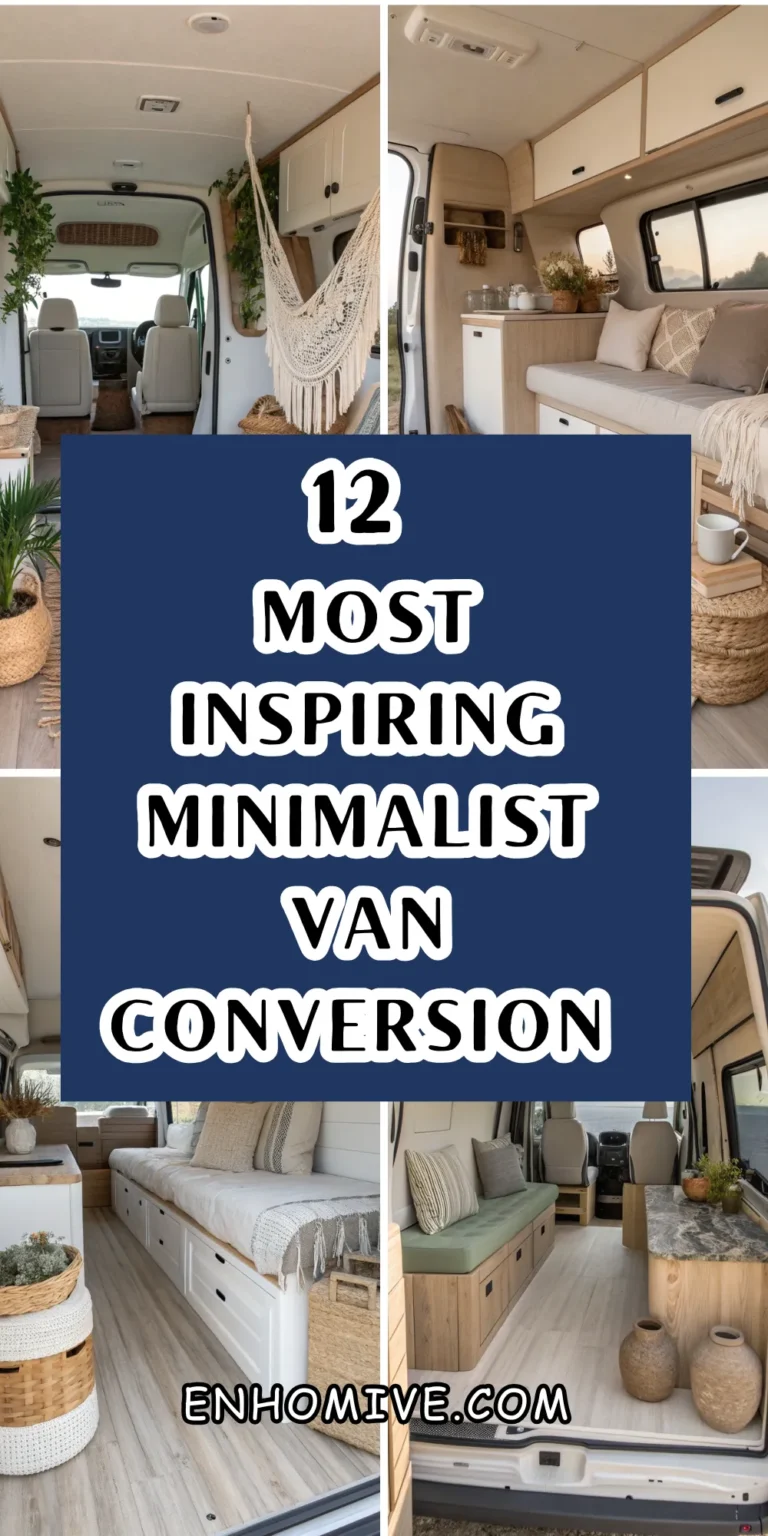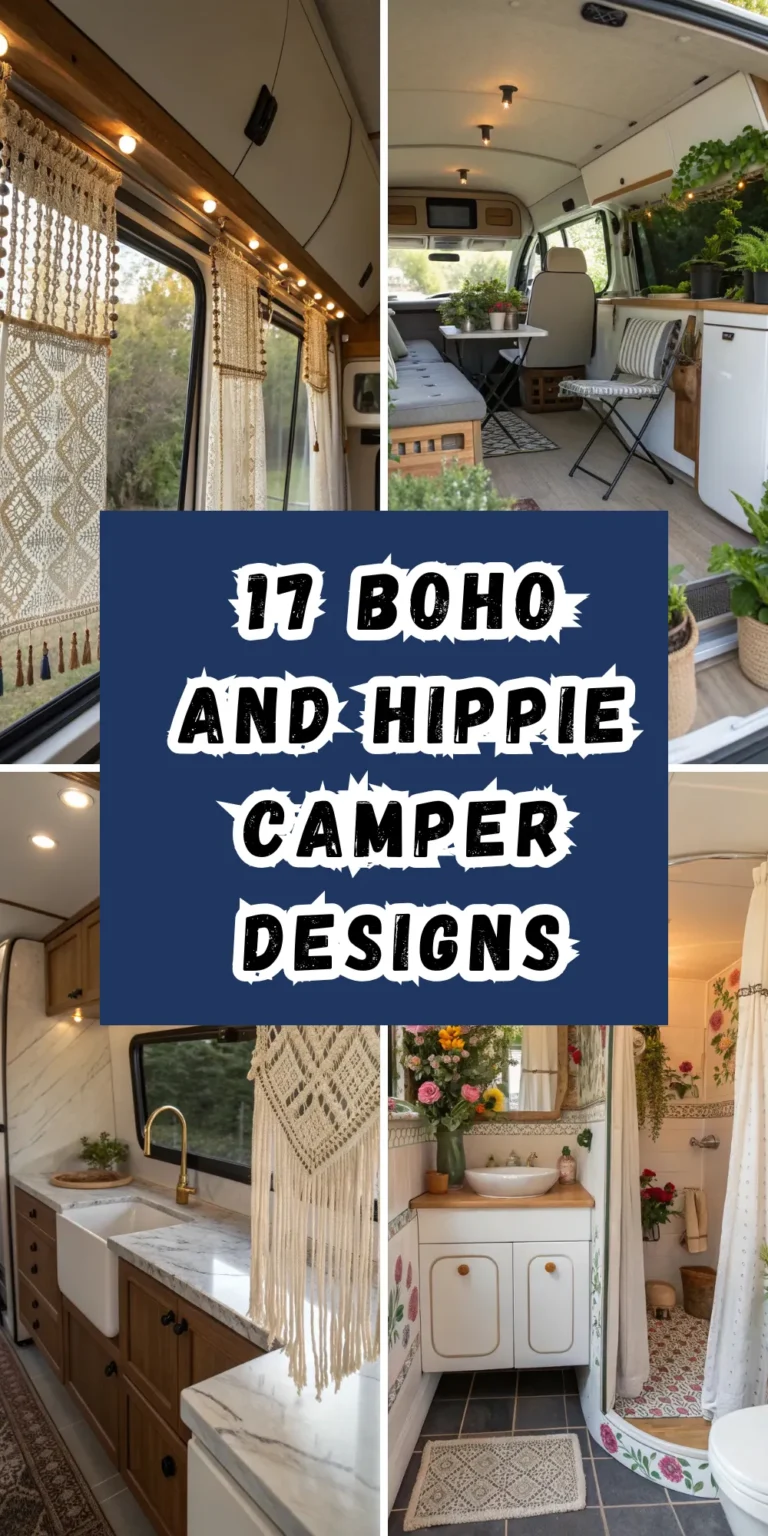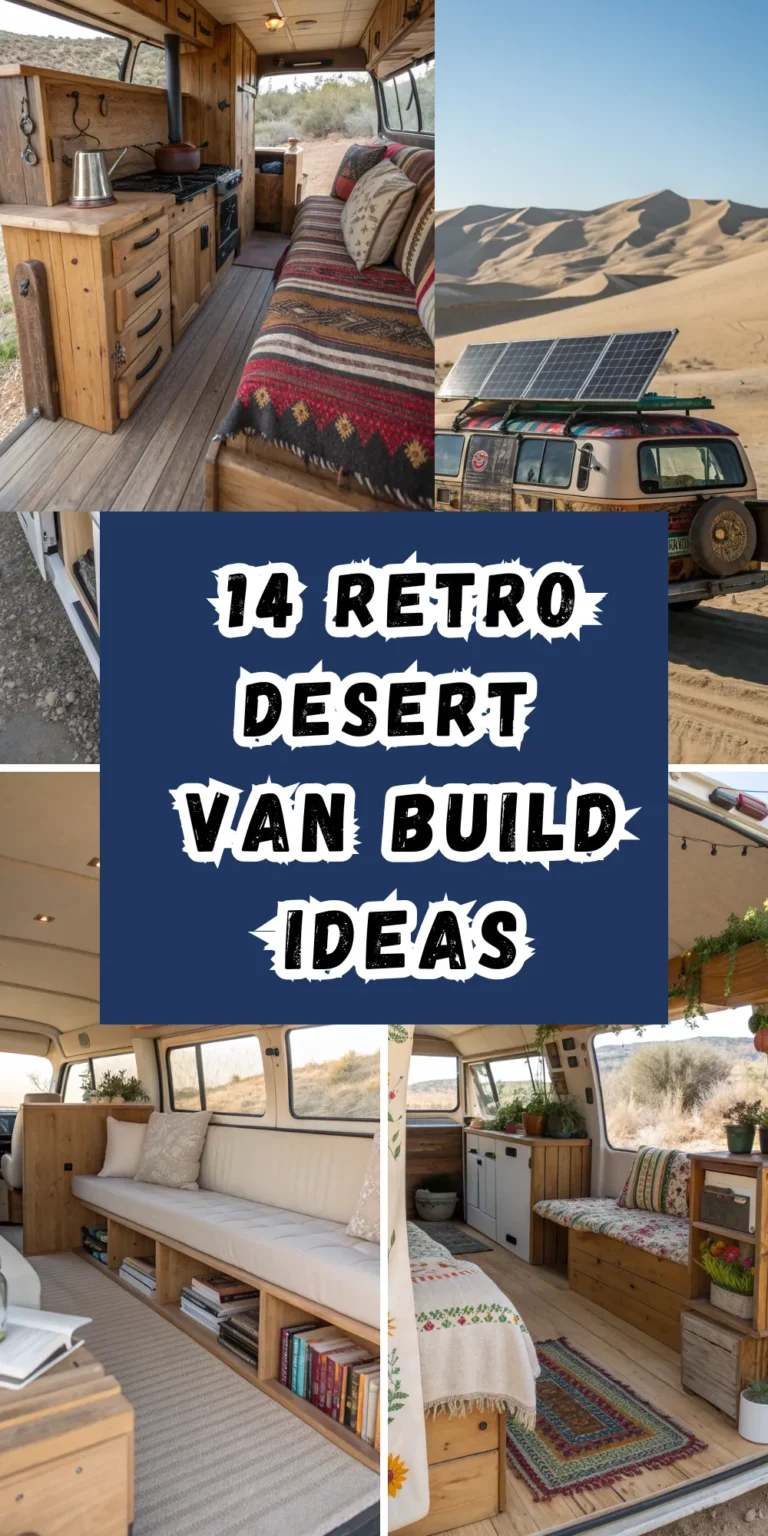15 Common Camper Van Conversion Mistakes To Avoid for First-Time Builders
Building your dream camper van is an exciting journey, but it’s also filled with potential pitfalls that can cost you time, money, and peace of mind.
Whether you’re planning a weekend warrior setup or a full-time nomadic lifestyle, avoiding these common conversion mistakes will save you from costly do-overs and help you create a functional, comfortable mobile home.
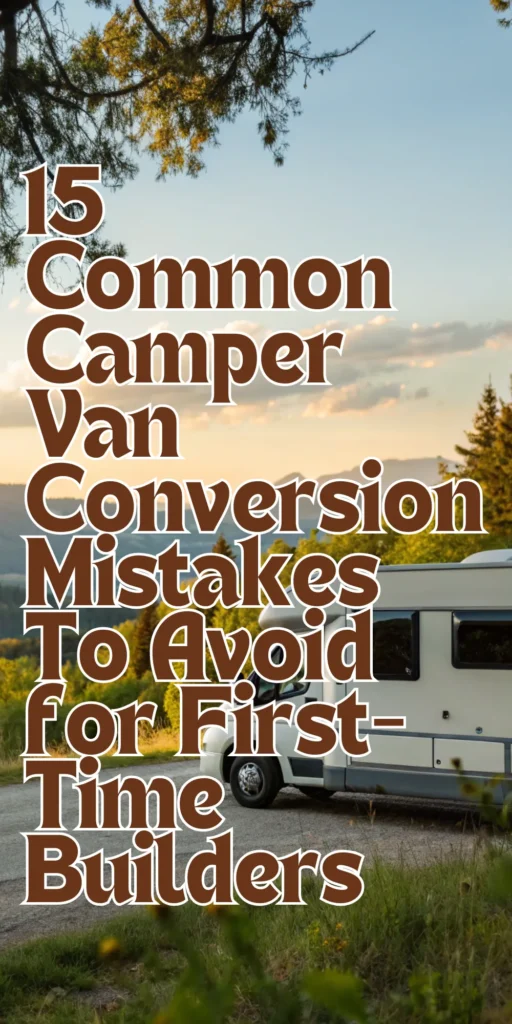
From electrical nightmares to space planning disasters, these conversion mistakes happen to even the most well-intentioned builders. Learning from others’ experiences means you can focus your energy on creating the perfect van life setup rather than fixing preventable problems.
This guide covers the 15 most frequent camper van conversion mistakes and provides practical solutions to help you build smart from the start—perfect for anyone ready to hit the road with confidence.
Skipping Proper Insulation Planning
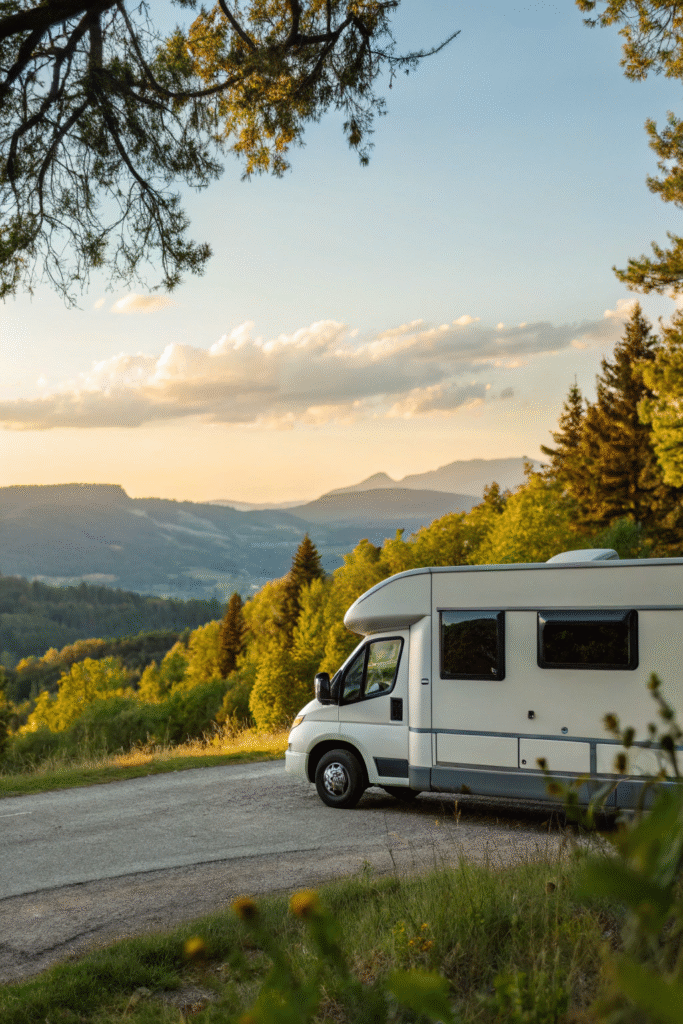
Why this matters: Poor insulation leads to condensation problems, temperature control issues, and potential mold growth that can ruin your entire build.
The mistake: Many first-time builders either skip insulation entirely, use the wrong materials, or create thermal bridges that negate their efforts. Installing insulation as an afterthought often means gaps, compressed materials, and ineffective coverage.
Better approach: Research insulation types thoroughly—sheep’s wool, Thinsulate, foam board, and spray foam each have specific applications. Plan your insulation strategy before any other interior work. Address thermal bridges with proper techniques and ensure complete coverage including floor, walls, and ceiling.
Who this affects: Anyone planning to travel in varying climates or camp in extreme temperatures.
Pro tip: Test your insulation plan in a small section first—you’ll quickly discover installation challenges before committing to the entire van.
Underestimating Electrical System Complexity
Create a robust electrical foundation that can handle your actual power needs, not just your initial estimates.
The mistake: Beginners often undersize their battery bank, choose inadequate inverters, or create dangerous wiring situations. Many assume a simple 12V system will meet all their needs without considering appliance requirements, charging methods, or safety protocols.
Implementation: Calculate your actual daily power consumption including phantom loads. Size your battery bank for 3-4 days of autonomy. Include proper fusing, circuit protection, and monitoring systems. Plan for future expansion and multiple charging sources (solar, alternator, shore power).
Best for: Anyone using electronics, appliances, or planning extended off-grid camping.
Con: Quality electrical components are expensive upfront—budget 15-20% of your total build cost for electrical systems.
Poor Space Planning and Layout Design
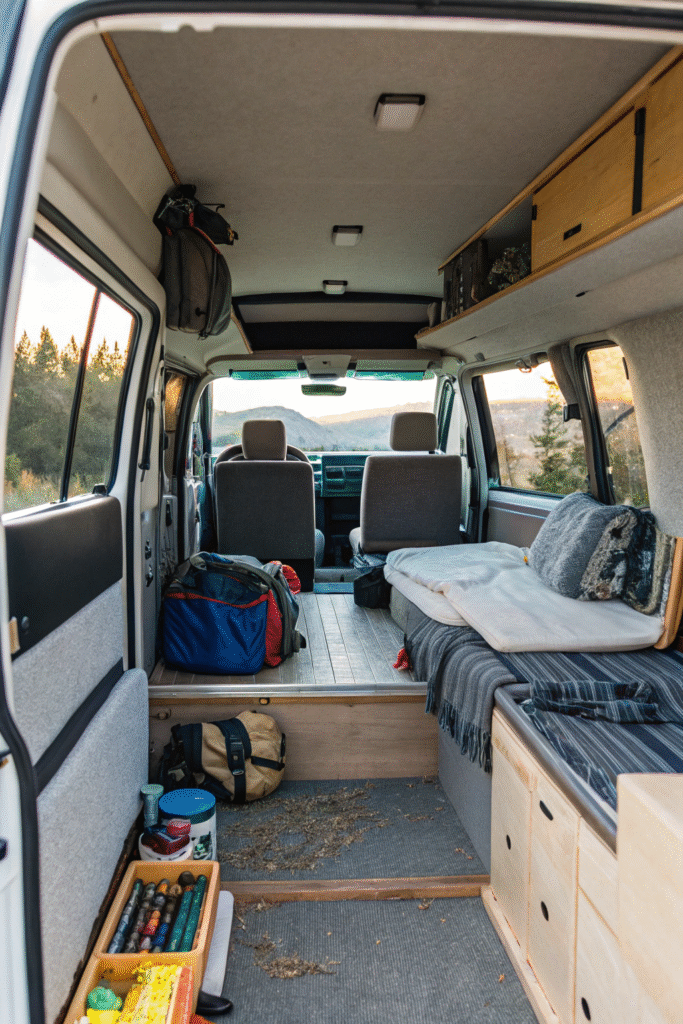
Why try this? Proper layout planning prevents expensive rebuilds and ensures your van actually functions for your lifestyle.
Steps: Live in your empty van for a few nights before building anything. Tape out furniture locations and simulate daily routines. Consider traffic flow, storage access, and multi-purpose furniture needs. Account for your actual height, sleeping preferences, and daily habits.
Why it works: Prevents costly mistakes and ensures your finished van matches your real-world needs rather than Pinterest dreams.
Downside: Takes time and patience—many builders want to start construction immediately rather than properly planning.
Ignoring Weight Distribution and Payload Limits

Transform your van into a safe, legal vehicle that handles well on the road with proper weight management.
How to: Research your van’s GVWR and payload capacity before building. Weigh major components before installation. Distribute weight evenly side-to-side and keep heavy items low and forward. Plan for water, gear, and passenger weight in your calculations.
Why it matters: Overloaded vans are dangerous, illegal, and can void insurance coverage while causing premature wear on suspension and brakes.
The mistake: Many builders focus on fitting everything they want without considering weight limits or distribution effects on handling and safety.
Inadequate Ventilation System Planning
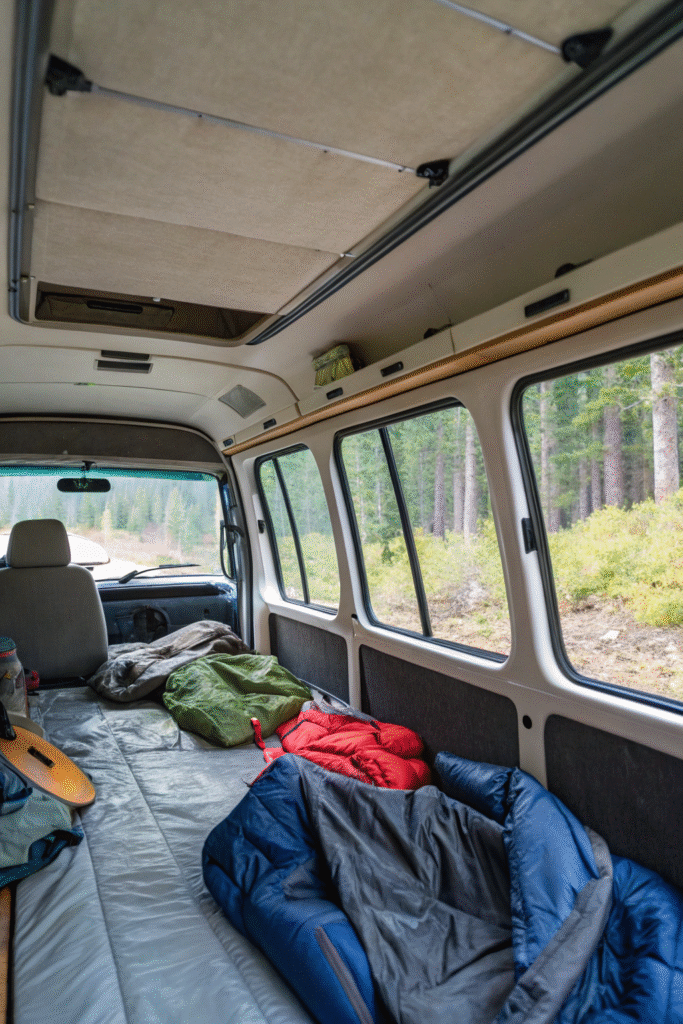
Create proper airflow to prevent condensation, cooking odors, and stuffiness that can make van life miserable.
Implementation: Install intake and exhaust fans to create cross-ventilation. Position intake low (cool air) and exhaust high (warm air). Include passive vents for airflow when fans aren’t running. Plan ventilation for cooking, sleeping, and bathroom areas separately.
Who benefits: Anyone camping in humid climates, cooking inside, or traveling with multiple people.
Styling tip: Choose ventilation solutions that work with your aesthetic—many options now blend function with good looks.
Choosing Form Over Function in Design
Why try this? Instagram-worthy vans often hide serious functionality problems that make daily life difficult.
How to: Prioritize daily-use items and comfort over appearance. Choose materials and layouts based on durability and practicality first, aesthetics second. Test storage solutions and furniture before finalizing designs.
Why it’s helpful: Results in a van you actually enjoy living in rather than one that just photographs well.
Pro tip: Follow van lifers who share honest reviews of their layouts after months of use—not just initial build photos.
Skipping Professional Help When Needed
Combine DIY enthusiasm with professional expertise for critical systems that affect safety and functionality.
Benefits: Professional installation for gas systems, complex electrical work, and structural modifications ensures safety and often saves money long-term. Many tasks require specialized tools and knowledge that aren’t cost-effective to acquire for one-time use.
Steps: Identify which tasks require professional expertise versus those suitable for DIY. Get quotes for professional work and factor into your budget. Learn from professionals by watching their work and asking questions.
Best for: Builders who want to DIY most work but recognize the value of expertise for critical systems.
Pro tip: Many professionals will let you do prep work to reduce labor costs while ensuring proper final installation.
Underestimating Build Time and Costs
Create realistic timelines and budgets that account for the learning curve and inevitable complications.
How to: Double your initial time estimate and add 30-50% to your budget for unexpected issues. Research actual costs for quality materials rather than relying on budget estimates. Plan for tool purchases, mistakes, and design changes.
Why it’s great: Prevents financial stress and allows for quality work rather than rushed compromises.
Downside: Requires patience and possibly delaying your departure date—but results in a better final product.
Neglecting Water System Winterization
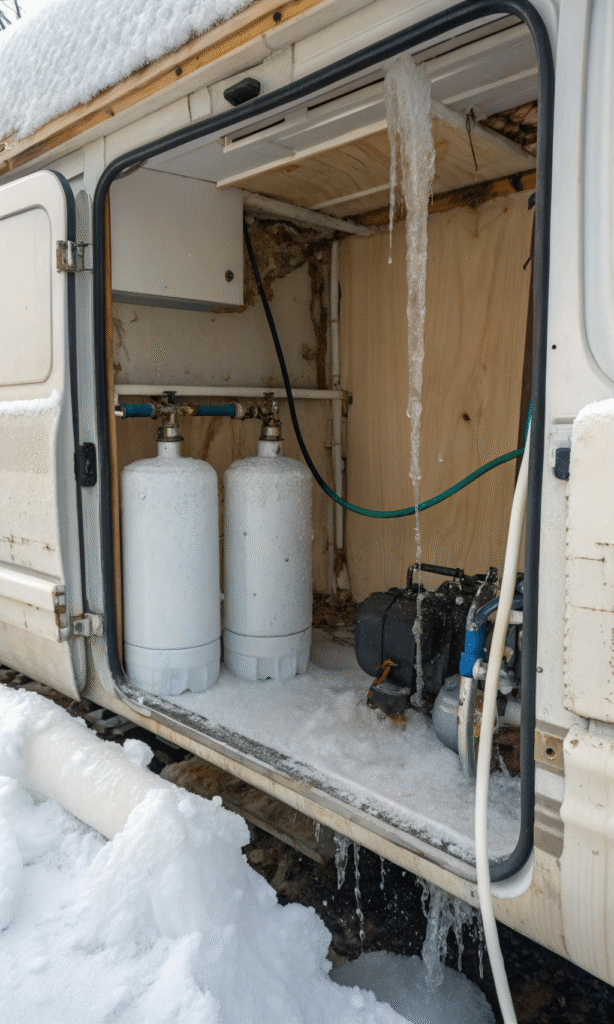
Transform your plumbing into a year-round system that won’t leave you stranded with frozen pipes.
Implementation: Install water lines in heated areas or include heating elements. Use appropriate fittings and materials rated for temperature extremes. Plan drainage systems and include bypass valves for winterization. Consider the freeze risk for your travel plans.
Who it’s for: Anyone planning cold-weather travel or year-round van life in northern climates.
Con: Winterization adds complexity and cost but prevents expensive damage and system failures.
Poor Storage Solutions and Organization
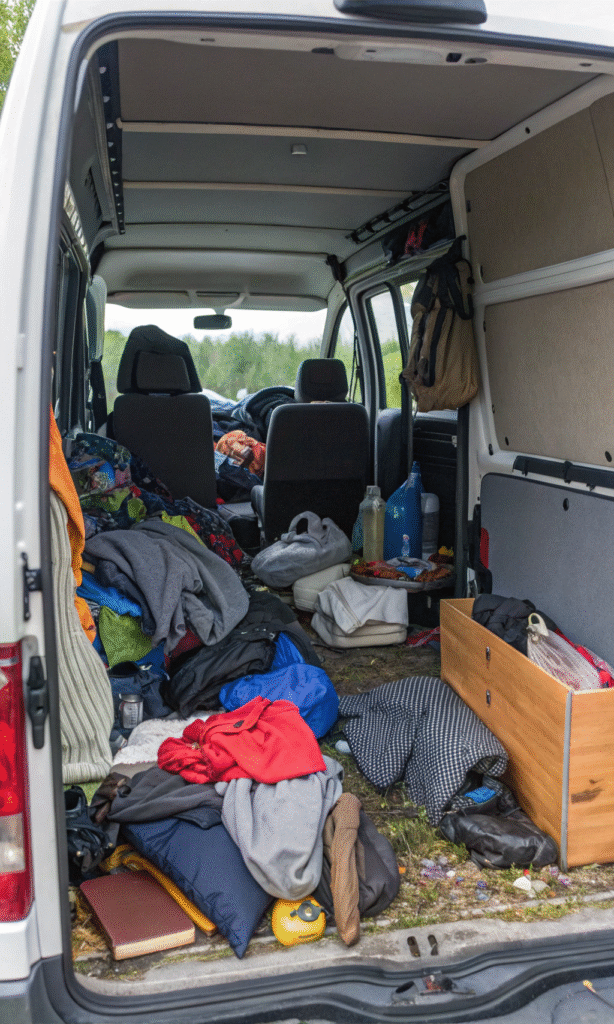
Add smart storage that actually works for van life rather than just looking organized in photos.
How-to: Design storage around your actual belongings, not theoretical organization. Include secure storage for travel days and easy-access storage for daily items. Plan for awkward-shaped items and seasonal gear. Test storage solutions before finalizing.
Why it matters: Poor storage makes van life frustrating and can create safety hazards with loose items during travel.
Con: Good storage solutions require custom work and quality hardware—avoid cheap fixes that fail quickly.
Choosing Inappropriate Materials for Van Life
Curate materials that can handle road vibrations, temperature changes, and moisture without failing.
How to: Select materials rated for mobile applications when possible. Avoid materials that off-gas, absorb moisture, or become brittle with temperature changes. Research how materials perform in RV and marine applications.
Why it’s great: Results in a durable build that maintains its appearance and function over time.
Downside: Appropriate materials often cost more initially but save money through reduced maintenance and replacement needs.
Inadequate Tool and Workshop Planning
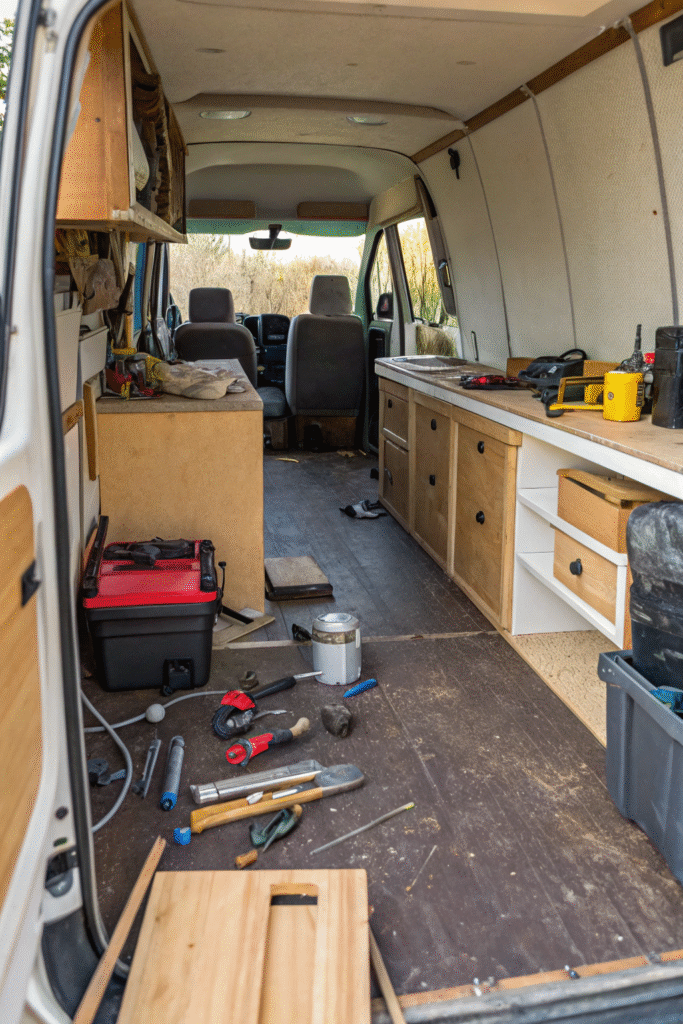
Create an efficient build environment with proper tools to ensure quality work and safety.
Implementation: Inventory required tools for each build phase and budget for purchases or rentals. Secure adequate workspace with power and ventilation. Plan tool storage and organization during the build process.
Who benefits: DIY builders who want professional-quality results and efficient work progress.
Pro tip: Borrow or rent expensive tools for one-time use, but invest in quality versions of tools you’ll use frequently.
Rushing the Planning and Research Phase
Transform your conversion knowledge through thorough research that prevents costly mistakes and redesigns.
Steps: Study multiple van builds in your intended style and budget range. Join van life communities and ask specific questions about challenges. Create detailed plans and material lists before purchasing anything. Consider hiring a consultant for complex systems.
Best for: First-time builders who want to learn from others’ experiences rather than making every mistake personally.
Drawback: Thorough research takes months—balance planning time with analysis paralysis that prevents you from starting.
Ignoring Legal and Insurance Considerations
Navigate the legal requirements for van conversions to avoid problems with insurance, registration, and inspections.
How to: Research local regulations for vehicle modifications and registration requirements. Contact insurance companies about coverage for converted vehicles. Understand inspection requirements and DOT regulations if applicable.
Why it matters: Legal problems can make your van uninsurable or prevent you from traveling legally.
The mistake: Many builders assume their conversion will automatically be covered under existing vehicle insurance without checking policy details.
Setting Unrealistic Expectations for Van Life
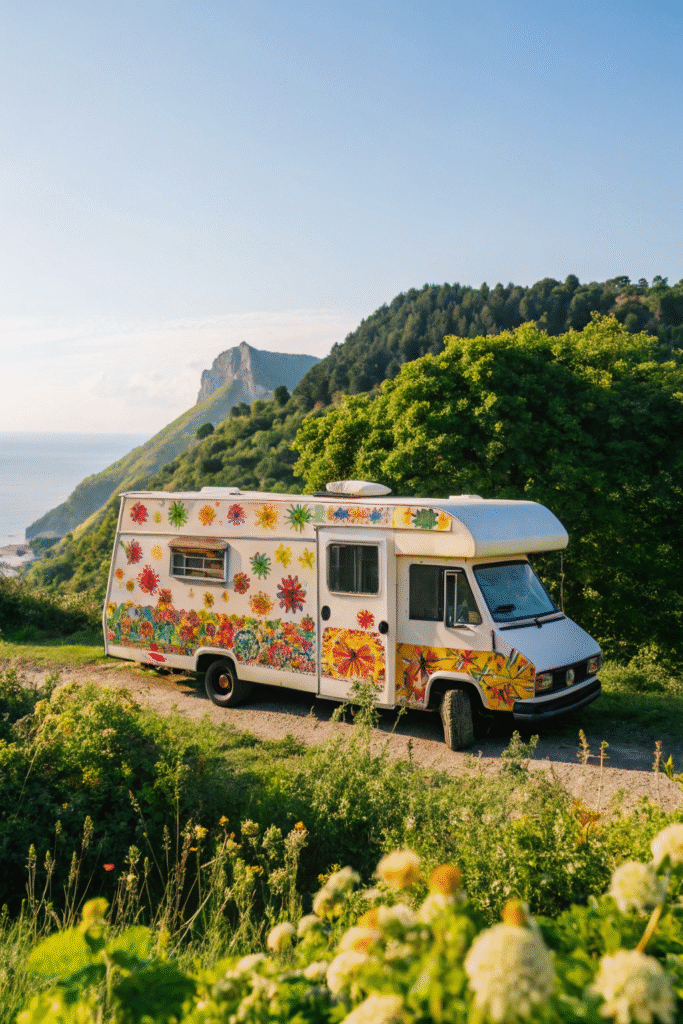
Create a realistic vision of van life that matches your actual needs rather than social media fantasies.
Implementation: Be honest about your comfort requirements, travel style, and relationship dynamics. Plan for bad weather, mechanical issues, and the challenges of small-space living. Budget for campgrounds, repairs, and lifestyle adjustments.
Why it’s helpful: Prevents disappointment and expensive modifications when reality doesn’t match expectations.
Pro tip: Start with shorter trips and gradually extend your time on the road—you’ll discover what works and what needs improvement.
These 15 common camper van conversion mistakes represent thousands of dollars in potential savings and countless hours of frustration avoided. The most successful van builds come from thorough planning, realistic expectations, and learning from the experiences of others who’ve already navigated these challenges.

